Ms Pat Turner AM is the daughter of an Arrente man and a Gurdanji woman, and was born and raised in Alice Springs.
After her father’s death in an accident at work, Ms Turner’s family experienced extreme financial hardship. Her mother’s courage and leadership in the face of such difficult circumstances was a constant inspiration.
Ms Turner joined the Australian Public Service in the early 1970s and joined the senior executive ranks by the mid-1980s. She worked in a range of prominent roles, including as Deputy Secretary in the Department of the Prime Minister and Cabinet during 1991-92, where she had oversight of the establishment of the Council for Aboriginal Reconciliation. In 1994-98, Ms Turner was the CEO of the Aboriginal and Torres Strait Islander Commission, making her the most senior Indigenous government official in the country.
Over the years, Ms Turner became more committed to the politics of self-determination. At a professional level, this meant being a firm supporter of community-based service delivery of health and welfare programs for Aboriginal people.
Today, Ms Turner is the CEO of the National Aboriginal Community Controlled Health Organisation (NACCHO). NACCHO is the peak body representing 143 Aboriginal community-controlled health services across the country on Aboriginal health and wellbeing issues.
What or who got you involved in reconciliation? When?
I first started thinking about reconciliation and the place of Aboriginal people in Australia after attending the graduation ceremony of Uncle Charlie Perkins from Sydney University with Nanna Hetty Perkins. I was thirteen at the time, and listening to Charlie speak, I started to understand the importance of education if I wanted to make a difference.
After joining the Australian Public Service and moving from Alice Springs to Canberra, I was later appointed Deputy Secretary, Department of Prime Minister and Cabinet. It was here I had a specific role in working for the Government on the legislation and establishment of the Council of Aboriginal Reconciliation. I was the inaugural National Secretary to the Council.
After returning to Alice Springs in 2006 I held the position of CEO of National Indigenous Television where I supported the celebration of Indigenous culture and helped challenge perceptions and fears of many non-Indigenous Australians about Aboriginal and Torres Strait Islander peoples that are a continuing barrier to reconciliation.
What does a reconciled Australia look like to you?
A reconciled nation will be when Aboriginal and Torres Strait Islander peoples have self-determination over their own lives without the constraints of poverty and the burden of disease. We will be in charge of our own affairs and in control over decisions that impact on us.
Our past will be fully acknowledged and our collective future celebrated without reservation. There will be no more debates over our shared history and Aboriginal and Torres Strait Islander peoples’ land ownership.
Racism will not be a barrier to Aboriginal and Torres Strait Islander people accessing education, employment and health services.
There will be complete acceptance of our unique cultural heritage and identities by all Australians enabling our languages, our connection to land and our cultural practices to flourish without restraint and be incorporated in all aspects of our nationhood.
What do you see as the biggest challenges to national reconciliation?
Our biggest challenges are twofold:
Firstly, making both Federal and State Governments truly accountable to eliminate poverty and disadvantage endured by our people.
Secondly, acceptance and respect by all Australians of our unique cultural heritage and identities, our relationship with land, our languages and our cultural practices, so that those areas and the essence of our beings are incorporated into all aspects of Australian life and government efforts to eliminate our disadvantage.
A reconciled nation will be when Aboriginal and Torres Strait Islander peoples have self-determination over their own lives without the constraints of poverty and the burden of disease. We will be in charge of our own affairs and in control over decisions that impact on us.
Pat Turner AM



